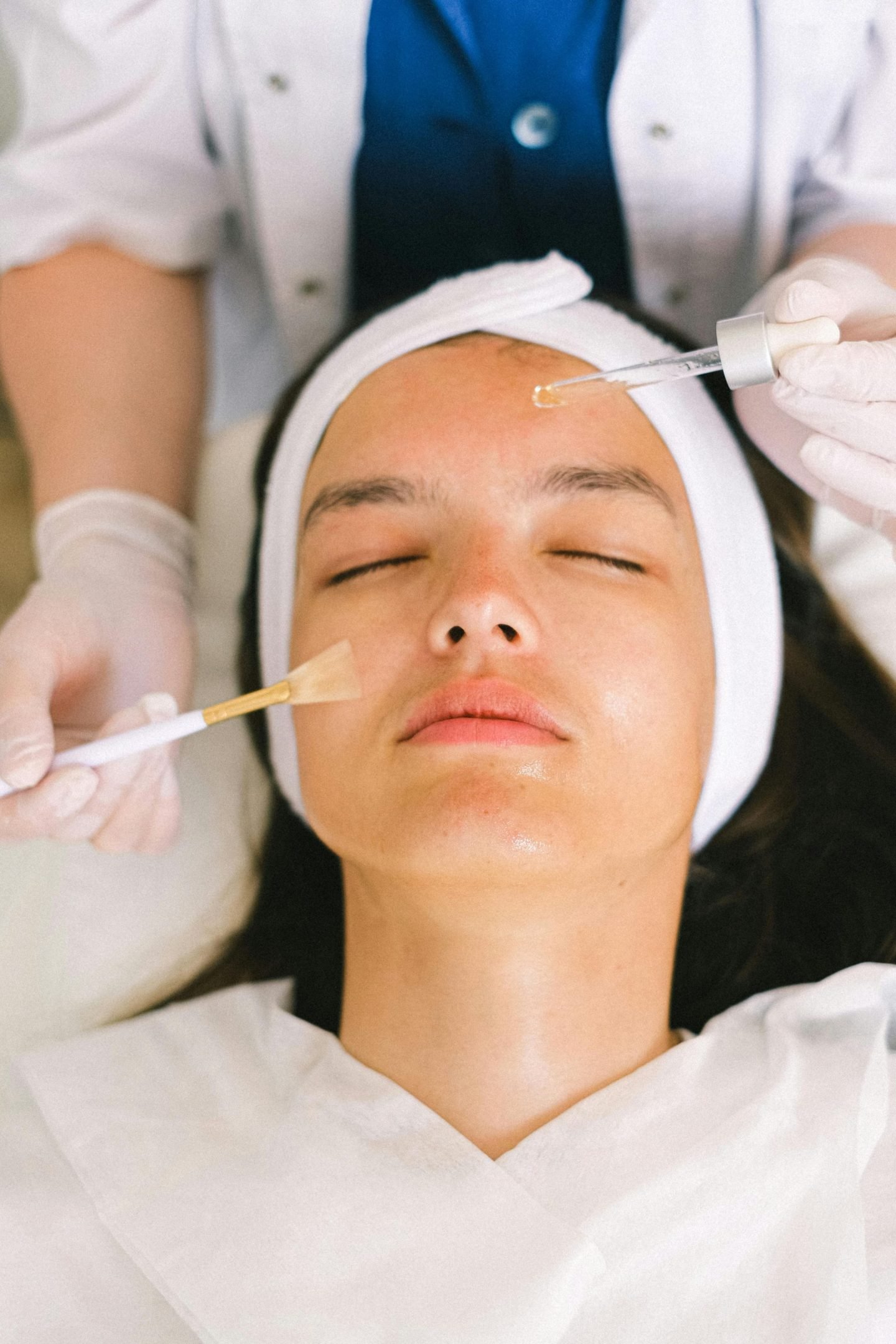
A well-maintained wig may add flair and adaptability to your appearance while also boosting your confidence. A wig is an investment that must be properly cared for to guarantee it remains bright and attractive for as long as possible, regardless of whether it is made of genuine human hair or synthetic fibers. Every stage of wig maintenance, from cleaning procedures to storage options, helps to preserve the wig’s quality and lengthen its life.
1. Gentle Cleaning: The Foundation of Wig Care
Maintaining a wig’s natural texture and look requires regular washing, but the technique used may have a big impact. Wigs are less able to absorb the natural oils generated by the scalp than genuine hair, which leaves them more vulnerable to drying out and damage from incorrect cleaning methods. Always begin by using items made especially for wigs. Regular shampoos and conditioners may include harsh chemicals that damage human hair wigs or strip synthetic fibers. To wash, use a capful of wig-friendly shampoo in a basin of lukewarm water. The wig may cause tangling and frizz if the fibers are scrubbed or twisted, so gently submerge it and swirl it in the water.
2. Proper Storage: Preserving Shape and Style
A wig’s durability and look are greatly influenced by how it is kept. Inadequate storage may cause the wig to tangle, flatten, or even suffer structural damage. When not in use, always place the wig on a mannequin head or wig stand to preserve its form and appearance. This keeps the fibers from being crushed or deformed and helps maintain the integrity of the cap structure. Consider utilizing a wig rack or a special wig storage box if you travel regularly or have limited room. To assist the cap keep its form when using a box, insert tissue paper or a soft fabric inside.
3. Heat Styling: Handling with Care
Even though heat styling wigs may provide thrilling adaptability, it’s important to know the best practices and restrictions for various wig kinds. Only heat-resistant fibers, such as those used in straighteners, curling irons, and blow dryers, may be used on synthetic wigs without risk. Prior to using any heat, always refer to the manufacturer’s instructions. To prevent melting the fibers in heat-resistant synthetic wigs, adjust styling equipment to a low to medium temperature. Heat styling is more versatile with human hair wigs, but it’s still important to use care. To protect your hair from heat damage and to prevent overexposure, use heat protectant sprays.
4. Avoiding Friction: Protecting Fibers from Wear
Friction is a stealthy adversary that progressively erodes wig fiber quality, causing matting, tangling, and an overall worn-out look. Hats, cushions, and even the backs of chairs are common places for friction, particularly with longer wigs. Preserving the wig’s luster and smoothness requires minimizing friction. Satin or silk pillows reduce friction since they are kinder on the fibers than cotton ones. Select a hat with a smooth inside while wearing one to prevent the wig strands from becoming caught and pulled. Long wigs may also be kept from rubbing against clothes and furniture by pulling them back into a ponytail or loose braid.
5. Avoiding Product Buildup: Keeping Wigs Light and Fresh
Overuse of styling products may result in accumulation, which makes the wig heavier and less shiny overall. Avoid using too many products on wigs; instead, use products made especially for wigs to keep them feeling light and fresh. High alcohol content products should be avoided as they might dry out human and synthetic hair strands. Less is more when it comes to styling products like mousses, gels, and sprays. Apply a tiny quantity at first, evenly distributing it throughout the wig, paying special attention to places that need more hold or definition.
6. Regular Maintenance: Extending the Life of Your Wig
Maintaining a wig from shopwigdealer.com is essential to its longevity. This covers routine professional treatment as well as routine brushing, washing, and conditioning. Gently brushing the wig with a brush made specifically for wigs or a wide-tooth comb helps maintain the strands in place and avoid tangles. To prevent breaking, start at the ends and work your way up. It’s crucial to wash synthetic wigs according to a timetable determined by how often they are used. Synthetic wigs usually need to be washed every 8 to 10 wears, however, real hair wigs need to be washed every 15-20 wears on average.
Conclusion
A wig requires delicate handling, appropriate storage, thoughtful styling, and regular maintenance to properly care for it. To prolong the advantages of the wig and maintain its quality and look, each step is essential. You can maintain the beauty, vibrancy, and freshness of your wig as long as you wear it by following these important wig care guidelines.
